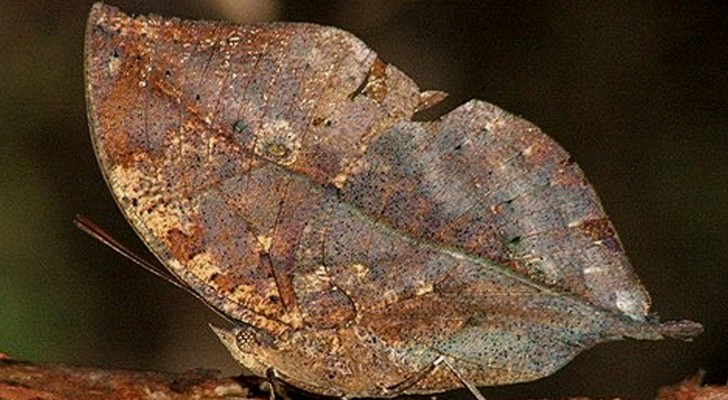9 impressive images show us how fruits and vegetables have changed over the centuries

All of us are used to thinking about fruits and vegetables in the forms in which we find them on the fruit and vegetable stands, almost assuming that Mother Nature has delivered them, exactly as they are, directly to us.
However, after going back and looking into the most remote history, we have discovered that these delicious and nutritious foods are totally different from their wild and primitive ancestors.
In fact, most of all due to marketing, but also because of some of the negative characteristics of the fruits and vegetables themselves, farmers have profoundly modified them over the years. By crossbreeding different plants, they have been able to produce fruits and vegetables that are better formed, juicier, and better tasting (in most cases).
Here for you are a video and a photo gallery of nine common fruits and vegetables shown in both their modern and primitive forms.
1. Eggplants

Initially, eggplants were much smaller and spherical. They were found in various colors and were used mainly for medicinal purposes. The selection process worked above all on the size and on the reduction of its characteristic bitter taste.
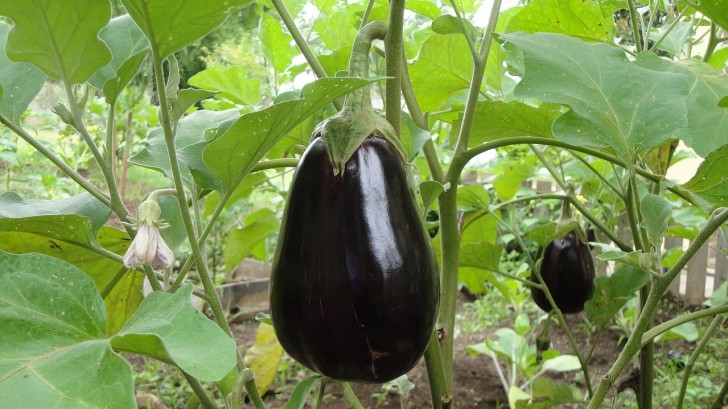
pxhere.com
2. Corn


The corn that we are used to comes from a plant called "teosinte", which is very different from its modern relative. This plant had only a few kernels or grains, and to eat them the outer covering had to be broken open with a blunt object. As people refined the art of agriculture, they selected the plants with the most tender and numerous kernels, until, after thousands of years, they had produced a totally different vegetable.
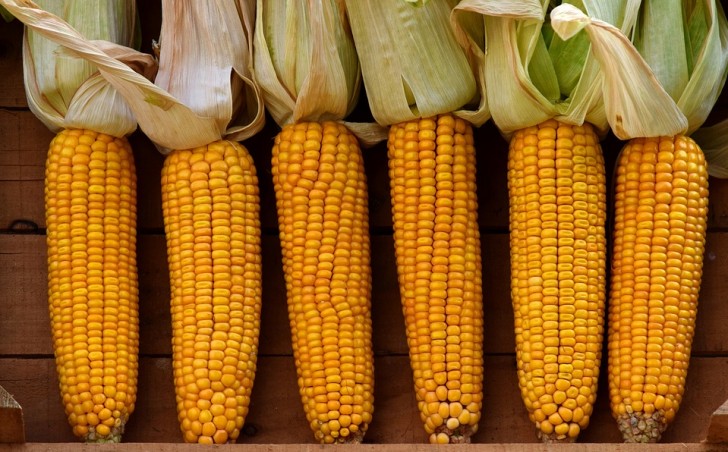
Pixabay
3. Carrots
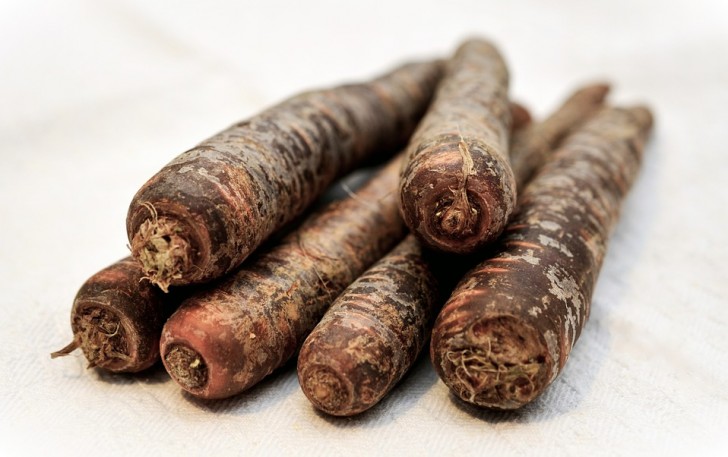
This very common vegetable originated in the Middle East, and had a predominantly white or purple color, in addition to decidedly reduced dimensions. Given its excellent taste, it quickly spread to Europe, where farmers gradually selected plants with larger roots. In particular, the orange colored carrot was developed in the Netherlands.
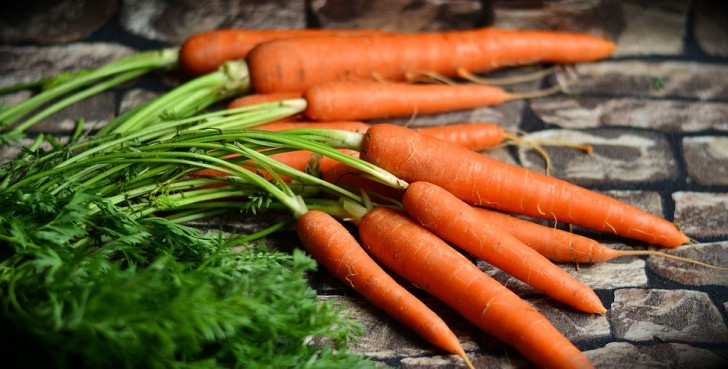
pixabay
4. Watermelons
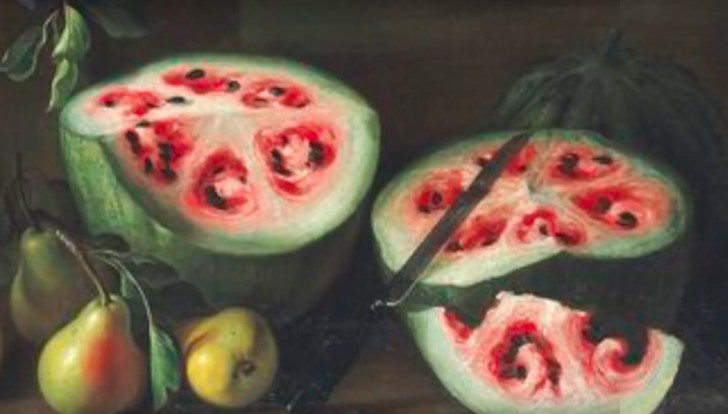
Many scholars are of the opinion that watermelons are among the fruits that have been more drastically modified over the years. About 2 inches long (5 cm), the wild progenitors of today's watermelon plant certainly were not large and neither did they have such a sweet taste. Over time they were made 1500 times larger and much more appetizing.
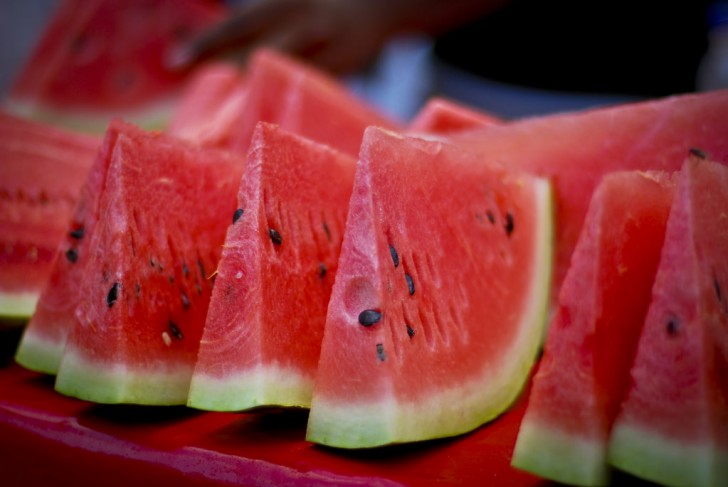
5. Strawberries
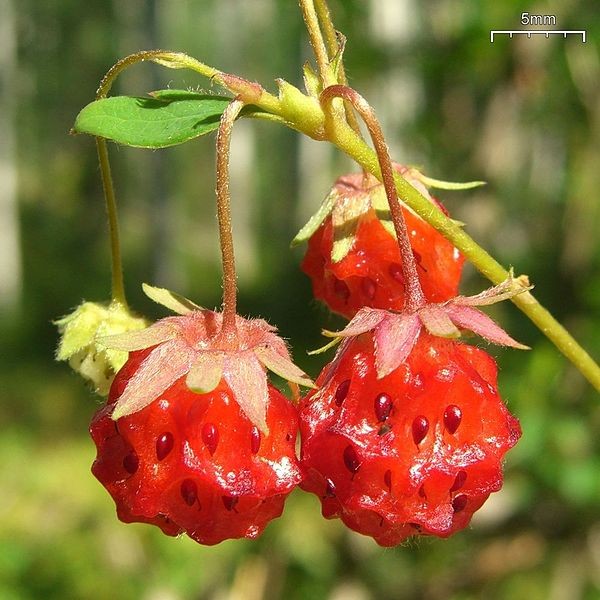
Strange to say, strawberries are among those fruits that have not become sweeter after going through the selection process. In fact, their wild version is much more sugary than what we find at the fruit and vegetable stand, which is, nevertheless, still extremely appetizing. The selection process has produced much larger, colorful, and disease-resistant strawberries.
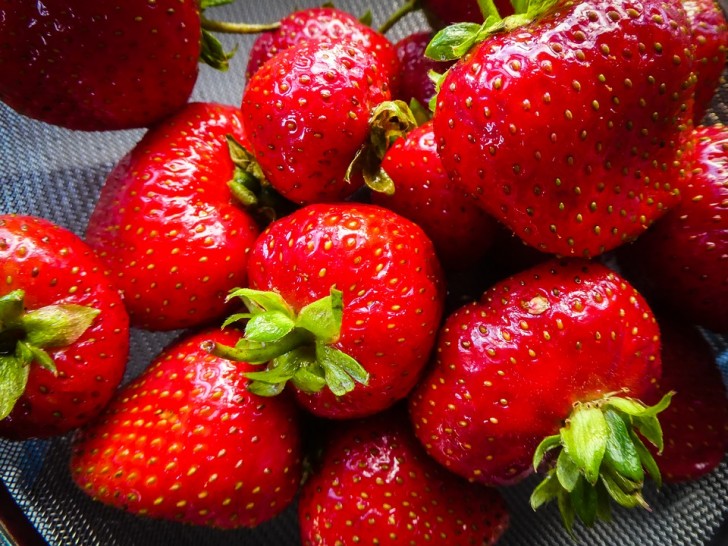
pixabay
6. Avocado
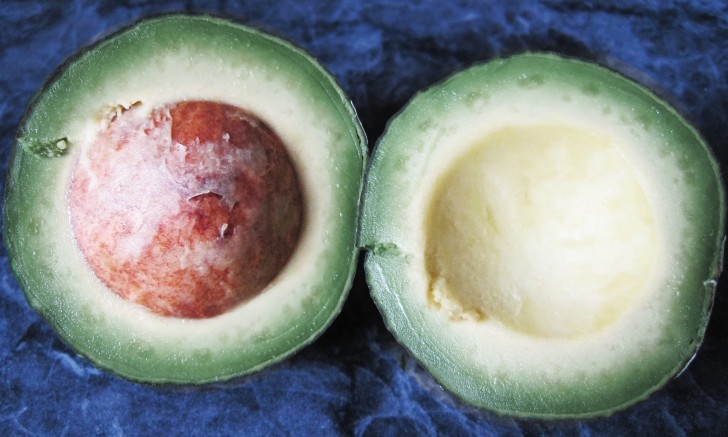
Pixabay
If sometimes an avocado seems to have an exaggeratedly large seed, just think that its progenitor was even worse! In fact, the seed occupied almost the entire fruit, which had a diameter of about 2.7 inches (7 cm). Therefore, it would take, more or less, about 10 wild avocados to accumulate the amount of pulp we find today in a single avocado fruit.

Pixabay
7. Tomato
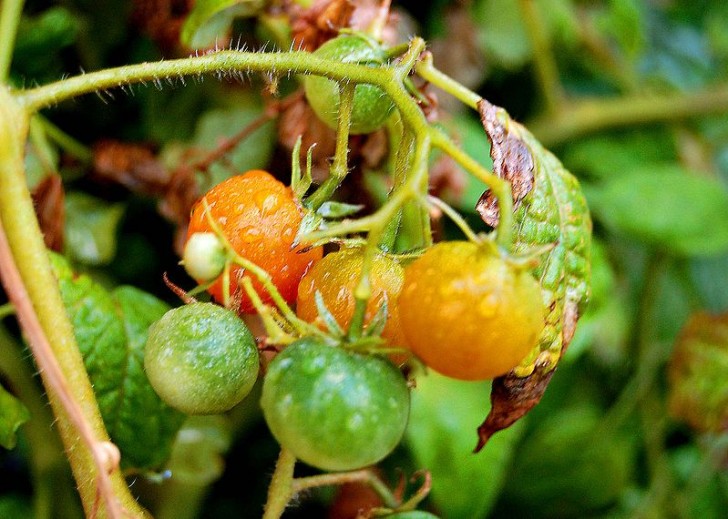
The ancestral version of the tomato was the size of a cherry and was yellow, green or purple. Unfortunately, their larger and juicier descendants have lost much of their ancestor's flavor, even though they remain highly beneficial to our health.
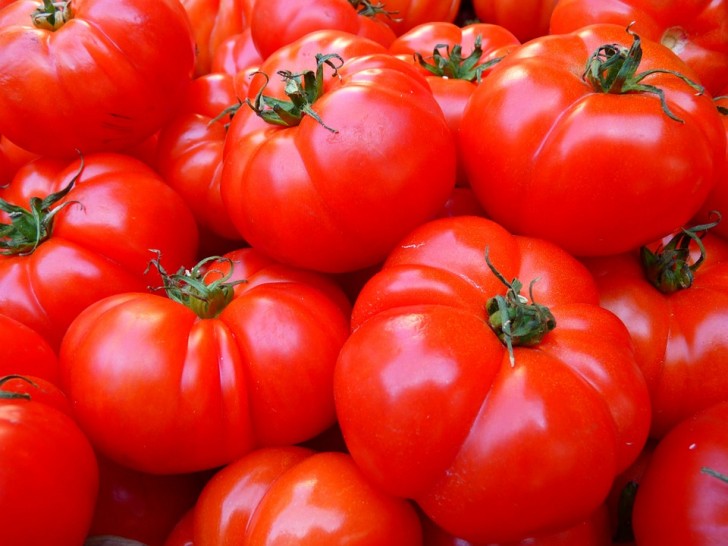
Pixabay
8. Cucumber

The progenitors of cucumbers were distinctly different. They were very small and covered with thorns. Furthermore, they contained substances harmful to humans, to the point of being used more for the preparation of medicines than as food. Over time, farmers selected the cucumber fruits with fewer seeds and the highest water content.
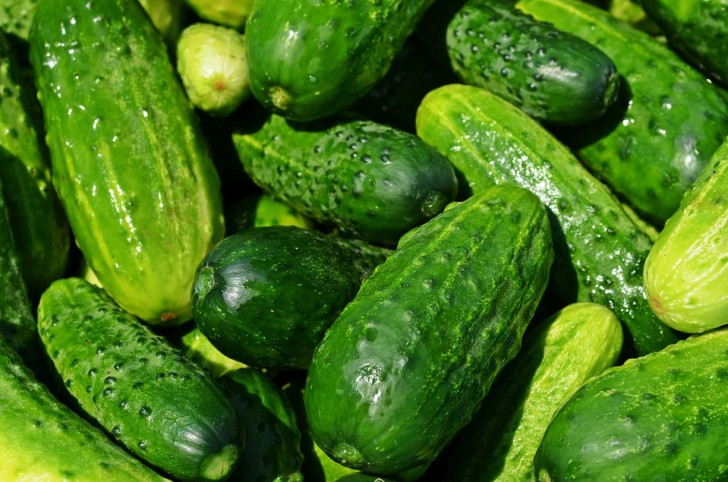
Pixabay
9. Banana
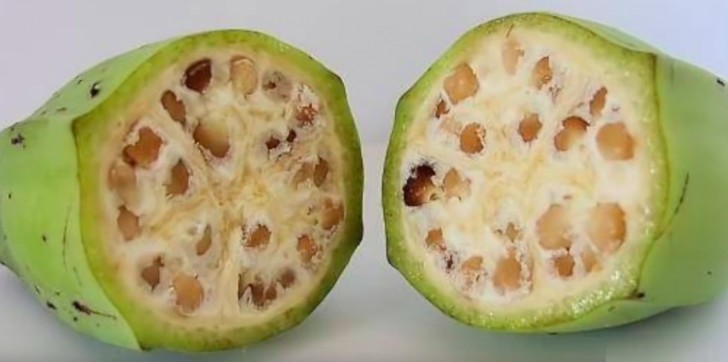
The original bananas contained many seeds and could not be consumed raw. As a matter of fact, if we saw them today, it would be impossible to connect them to the famous fruit we currently know. Thanks to the hybridization of two varieties of bananas, over the centuries we have come to produce one of the most nutritious fruits that exist in the world.
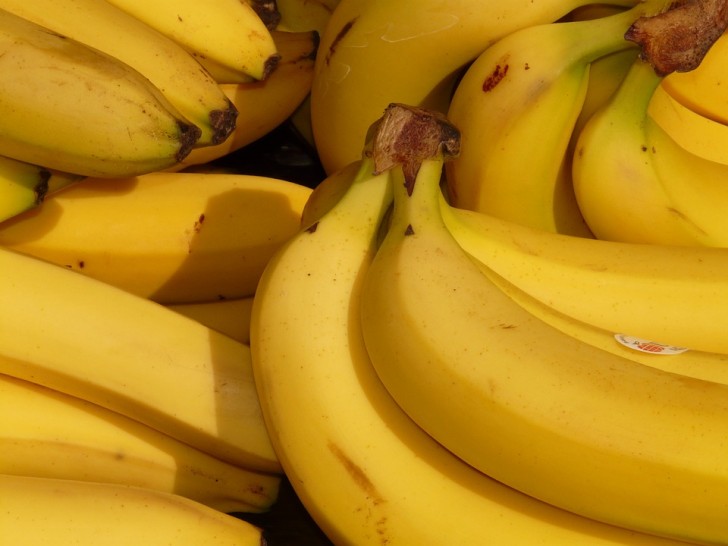
Pixabay

